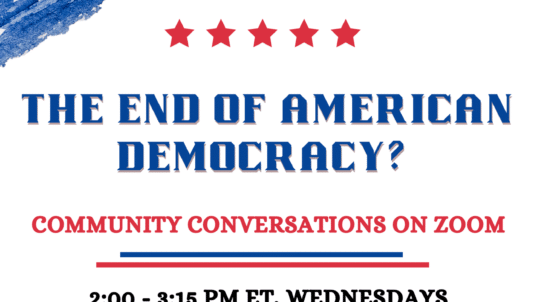
Image by Gerd Altmann from Pixabay
Gus Diamici was a dynamo. He created a sports equipment company that was known in the extreme sports industry for its innovative products. Gus was a very difficult boss to work for and didn’t tolerate those who did not make a contribution. Some would call him abusive, but others who worked for him were in awe of his vision.
Gus had agreed to hire his first group of interns to add new ideas for the product line. All of the interns were experienced in extreme sports. Gus asked his daughter, Sarah, to facilitate the interns in their efforts. The interns came from many disciplines, but all had one thing in common: they were inexperienced in a corporate setting.
When Sarah began her work with the interns, they were very timid in their ideas. Sarah sensed that they were holding back on bolder ideas. She challenged them to be bolder in their proposals. She asked each intern to suggest an idea anonymously. Then she challenged the group to work together to flesh out the ideas by asking how the company could make them work.
The result of the “think bold” challenge was a collection of fascinating new directions for products. When the time came to present the new ideas to Gus, Sarah gave them a warning.
“My dad will be brutal in his questions and comments. Don’t be offended. The best thing you can do is to stand your ground. Don’t get angry or emotional. He will be brutal if he sees that he has rattled you.”
The presentation went as Sarah predicted, Gus was his usual self. But Sarah was very proud with how the interns reacted. When challenged, the interns responded with confidence. Often when Gus challenged them, they responded by challenging him in return. The discussions did get heated at points, but ended up being productive in advancing new ideas.
At the end of the meeting, Gus commented, “This was one of the most productive meetings we’ve ever had. I really appreciate your ideas and passion. Don’t ever back away from what you believe in.”
Bold thinking is a matter of perspective. For the interns, their perspective was that being bold was being very risky. For Gus and Sarah being bold was what was expected, not risky. If bold thinking is the target, then the participants need to know that their positions are not at risk even as they “take risks” on bold ideas. One key to collaborations where boldness is needed is the tone of the discussions as set by the facilitator. Another is how the participants in the discussion react affirmatively to, and build upon, each other’s bold ideas.
You can find an activity to support Taking Risks in the Interactivity Foundation’s Collaborative Discussion Toolkit.
Being bold and taking risk is very similar to learning to ride a bicycle. First, you’re scared, then you’re wobbly, and then you take off.
* * *
“If you want it, go for it. Take a risk. Don’t always play it safe or you’ll die wondering. ” – Anonymous
This post is part of our “Think About” education series. These posts are based on composites of real-world experiences, with some details changed for the sake of anonymity. New posts appear on Wednesdays.



